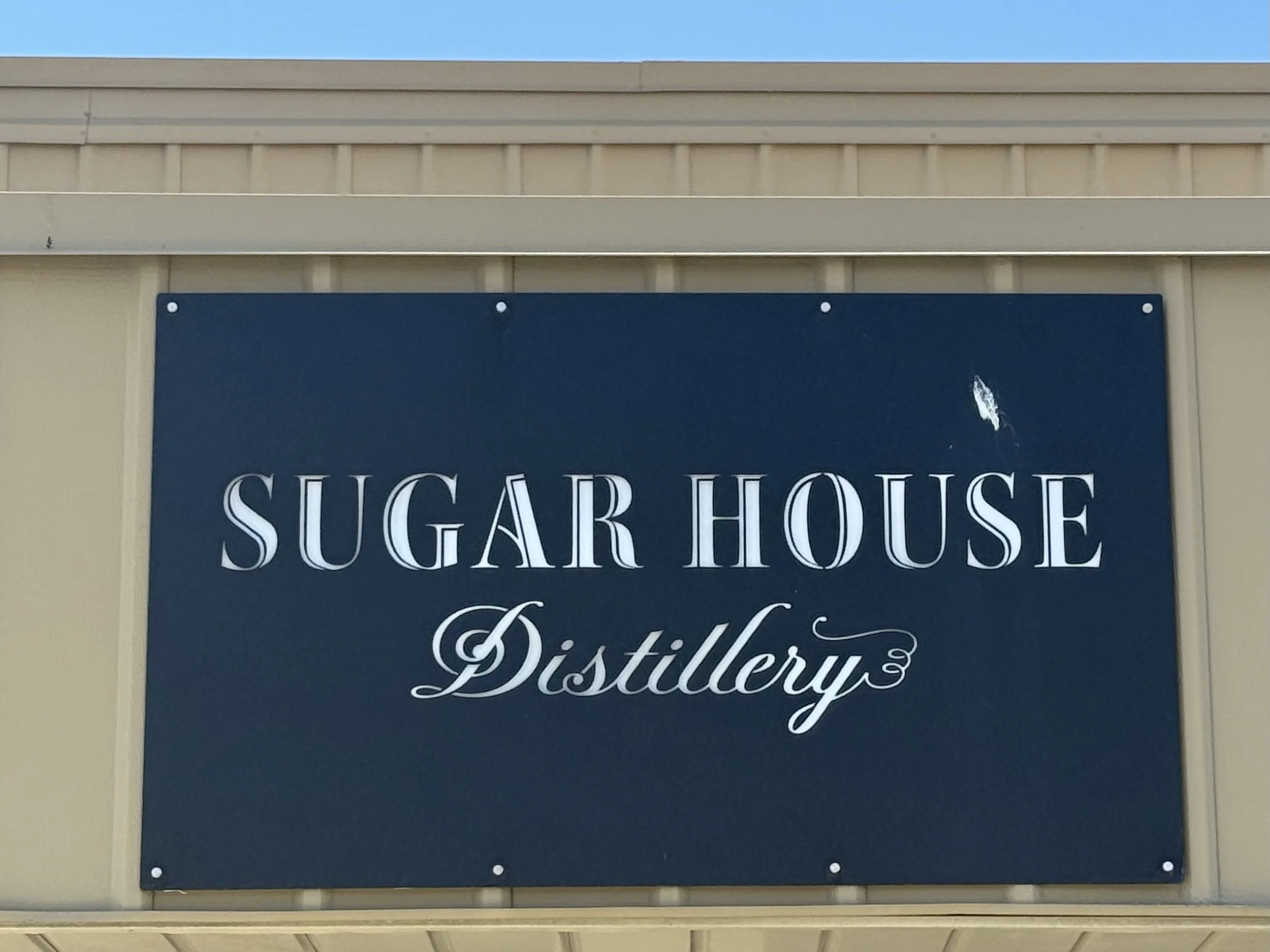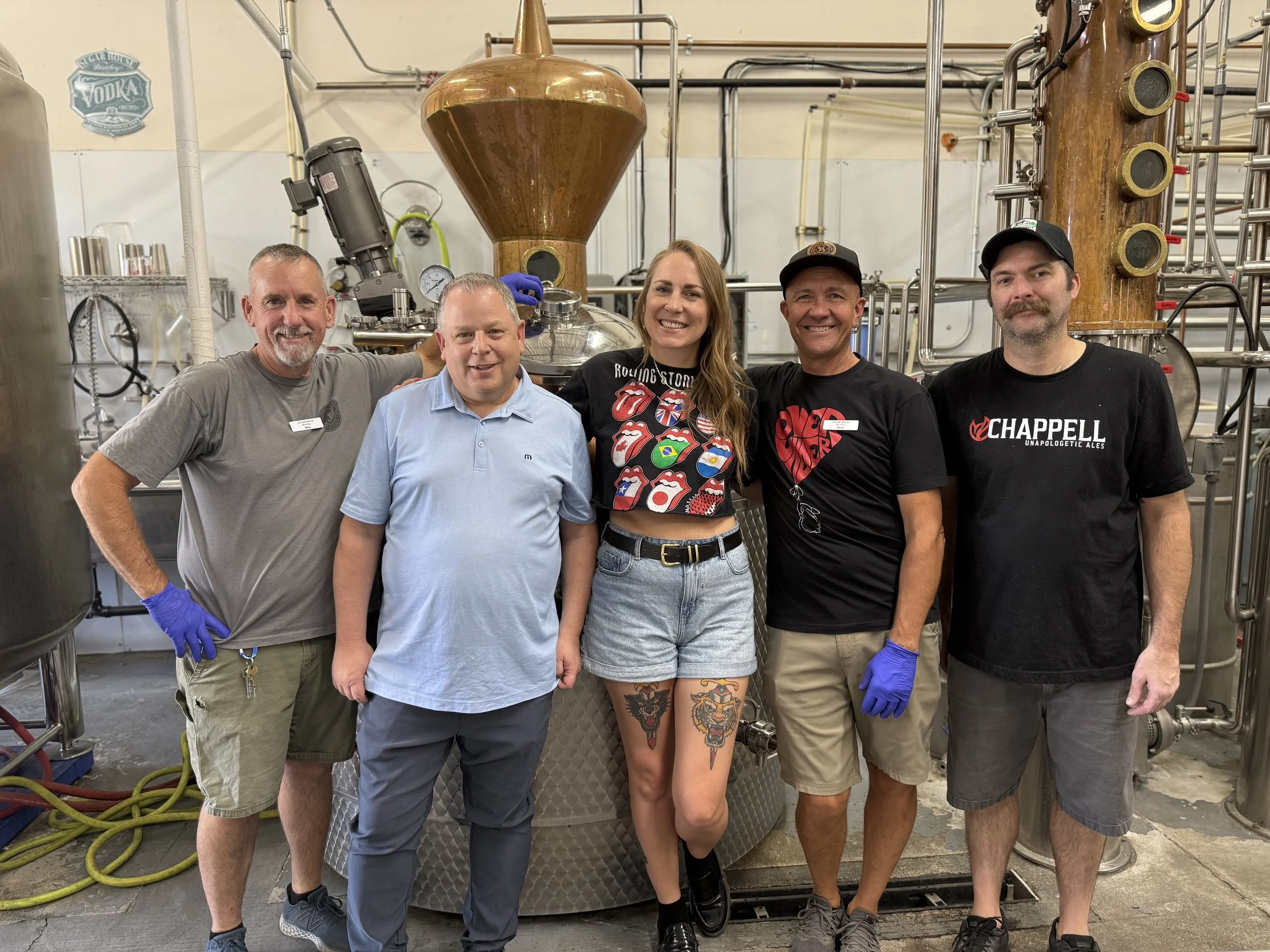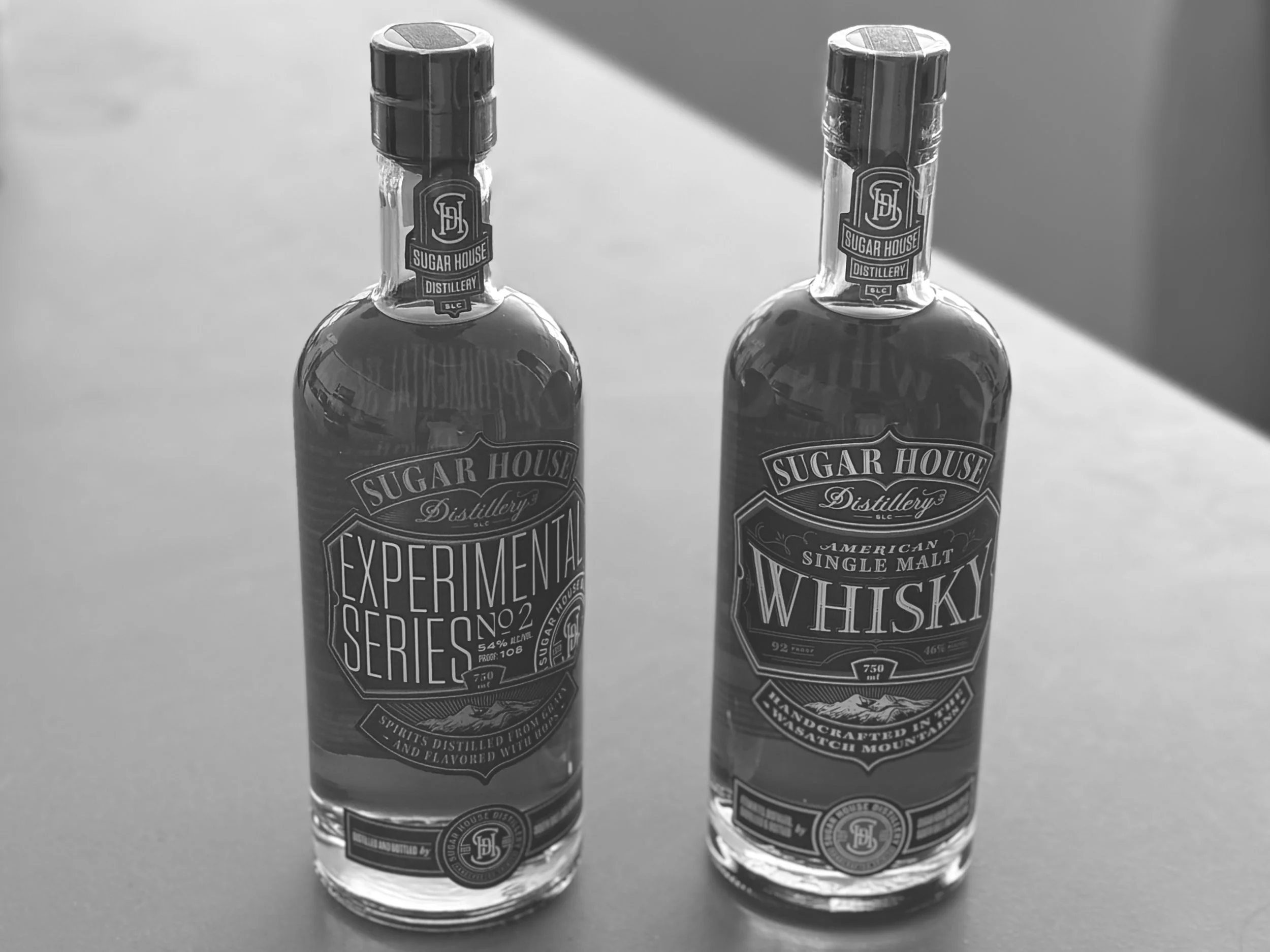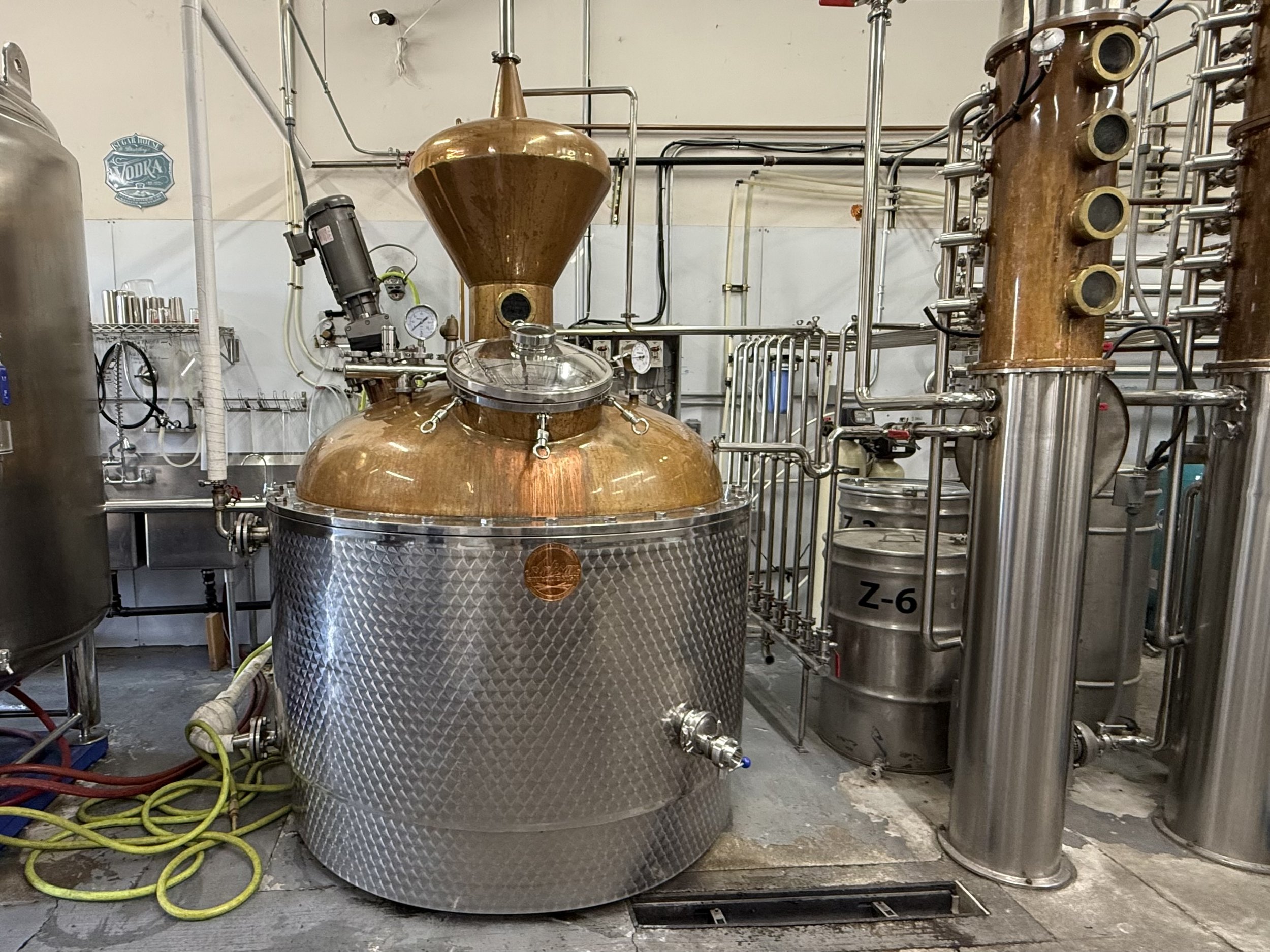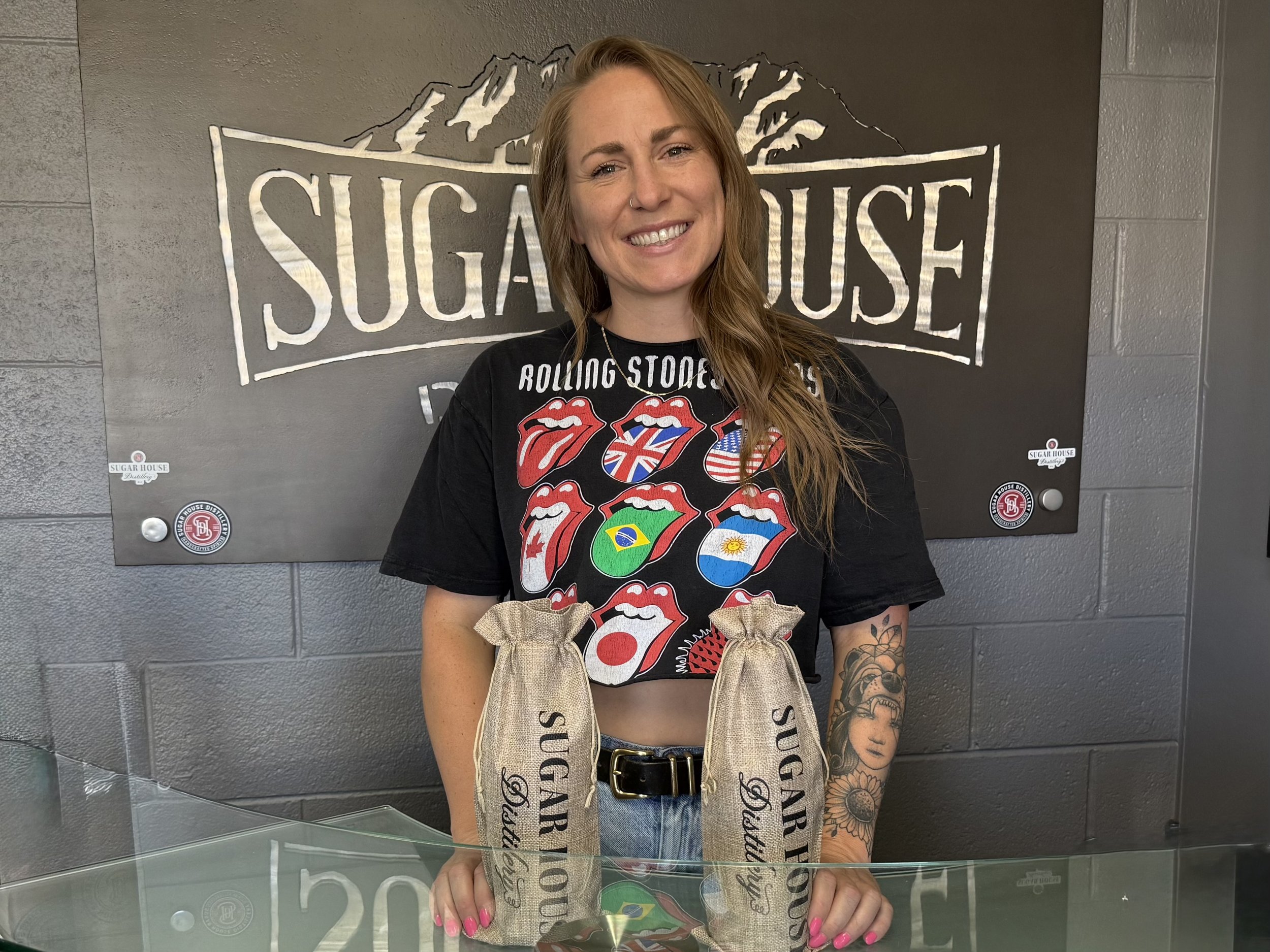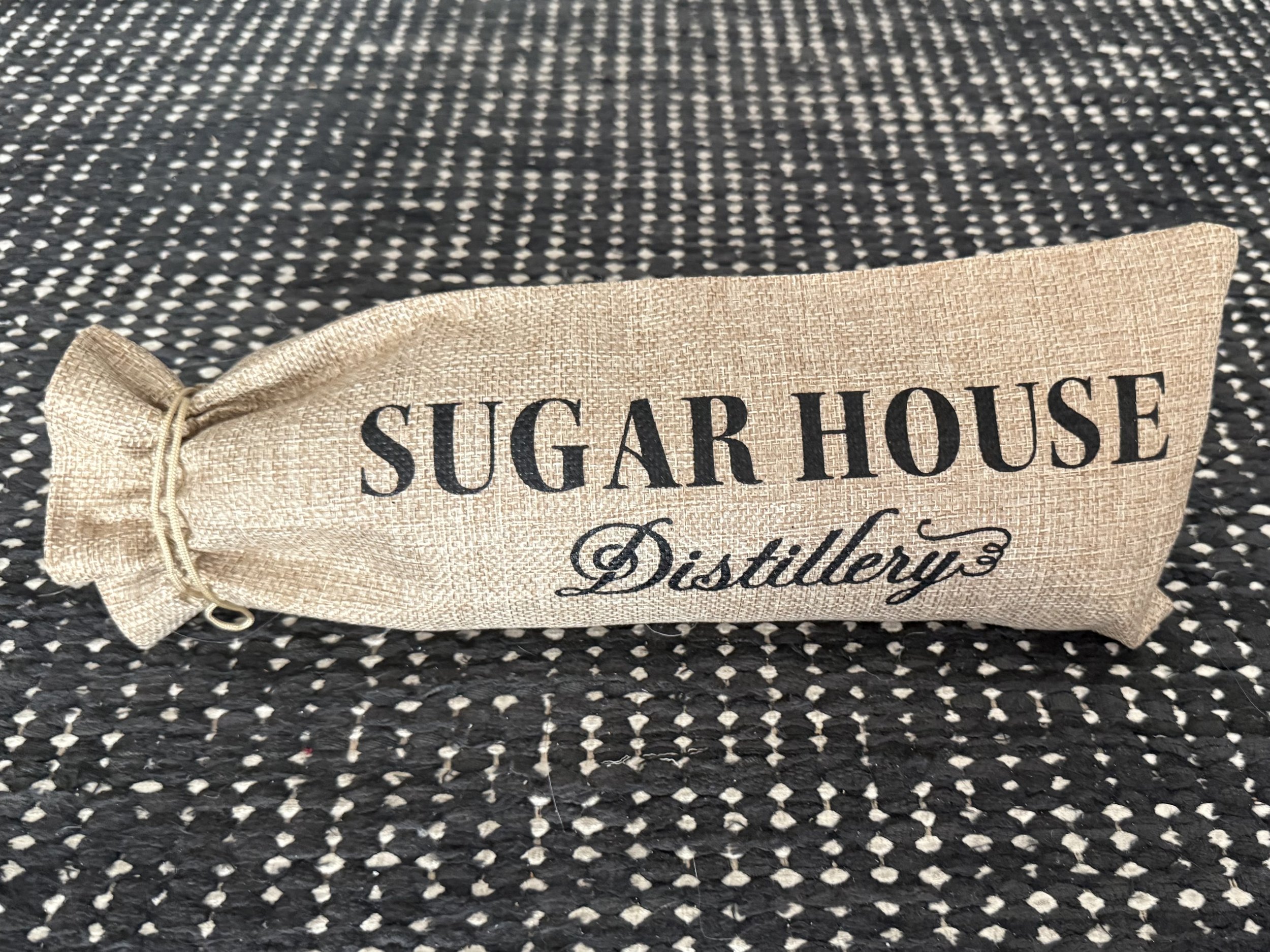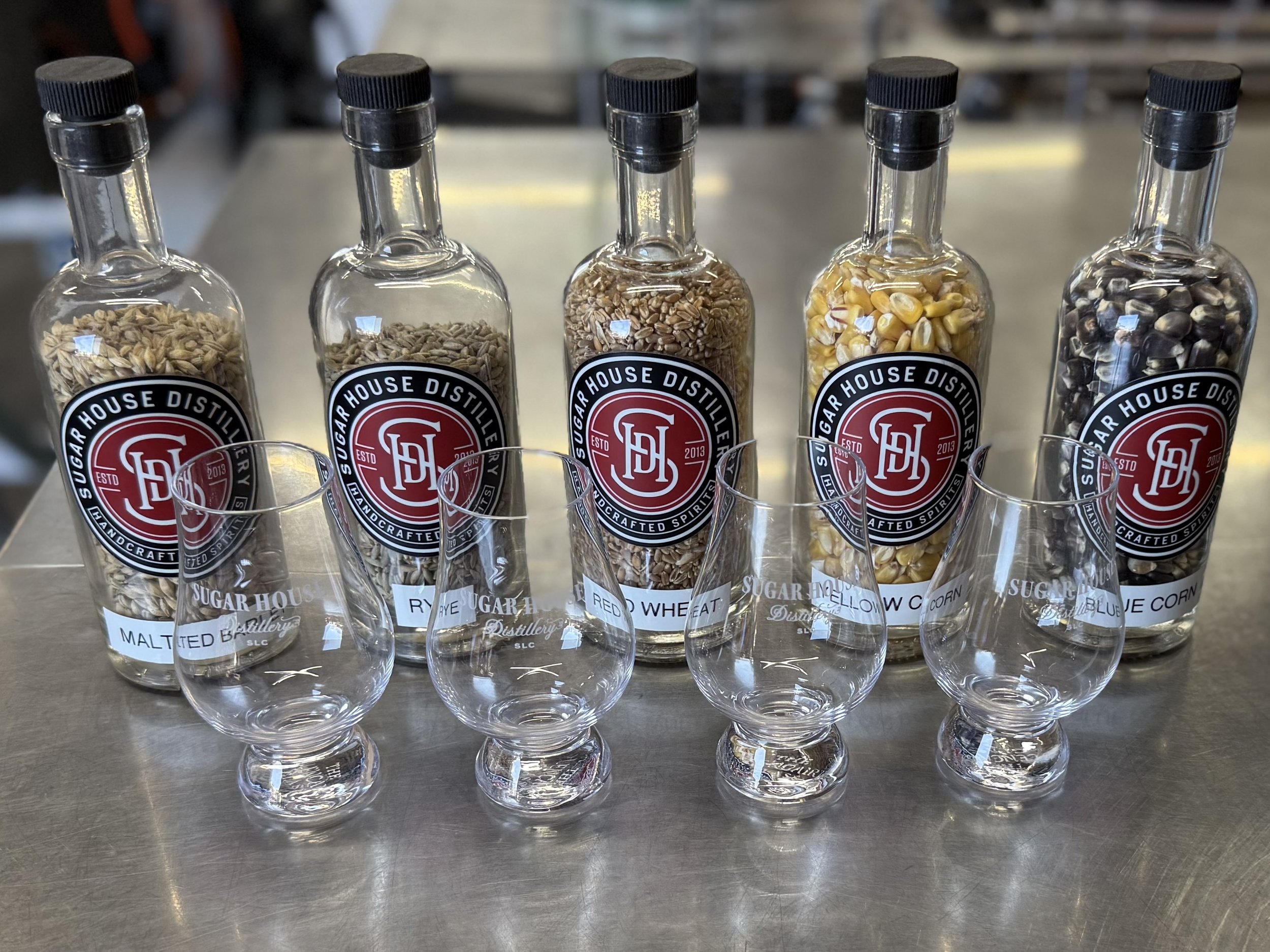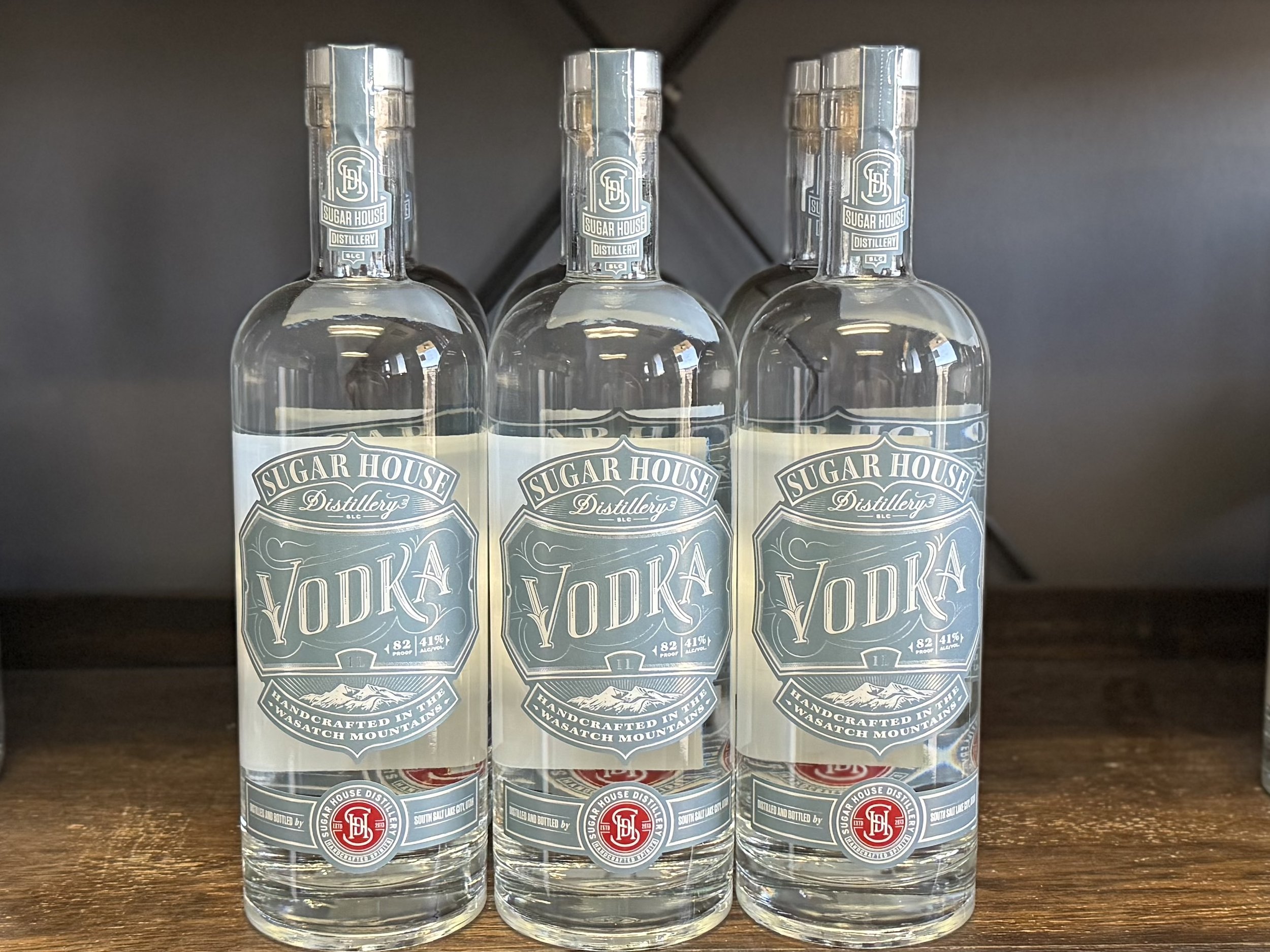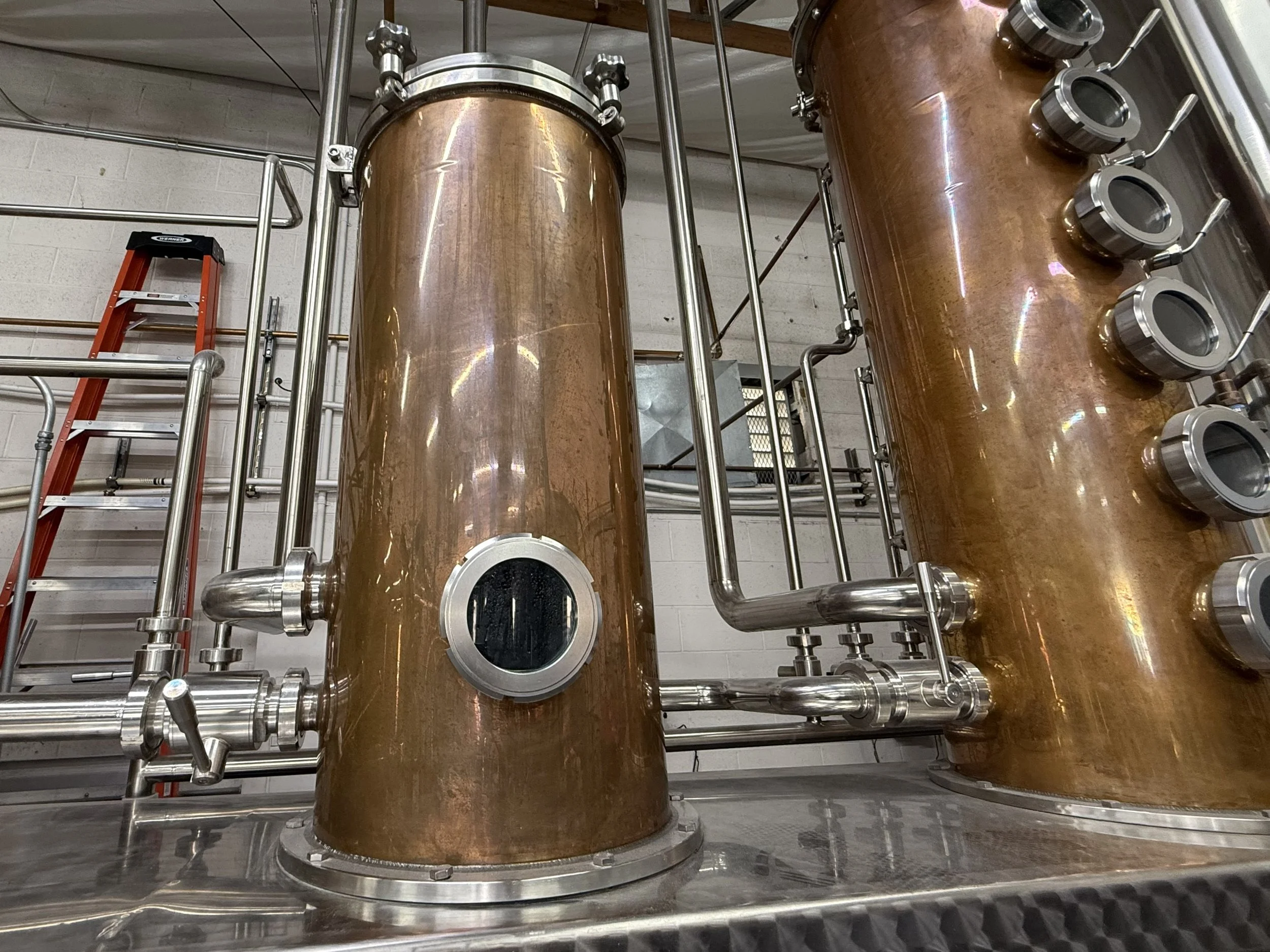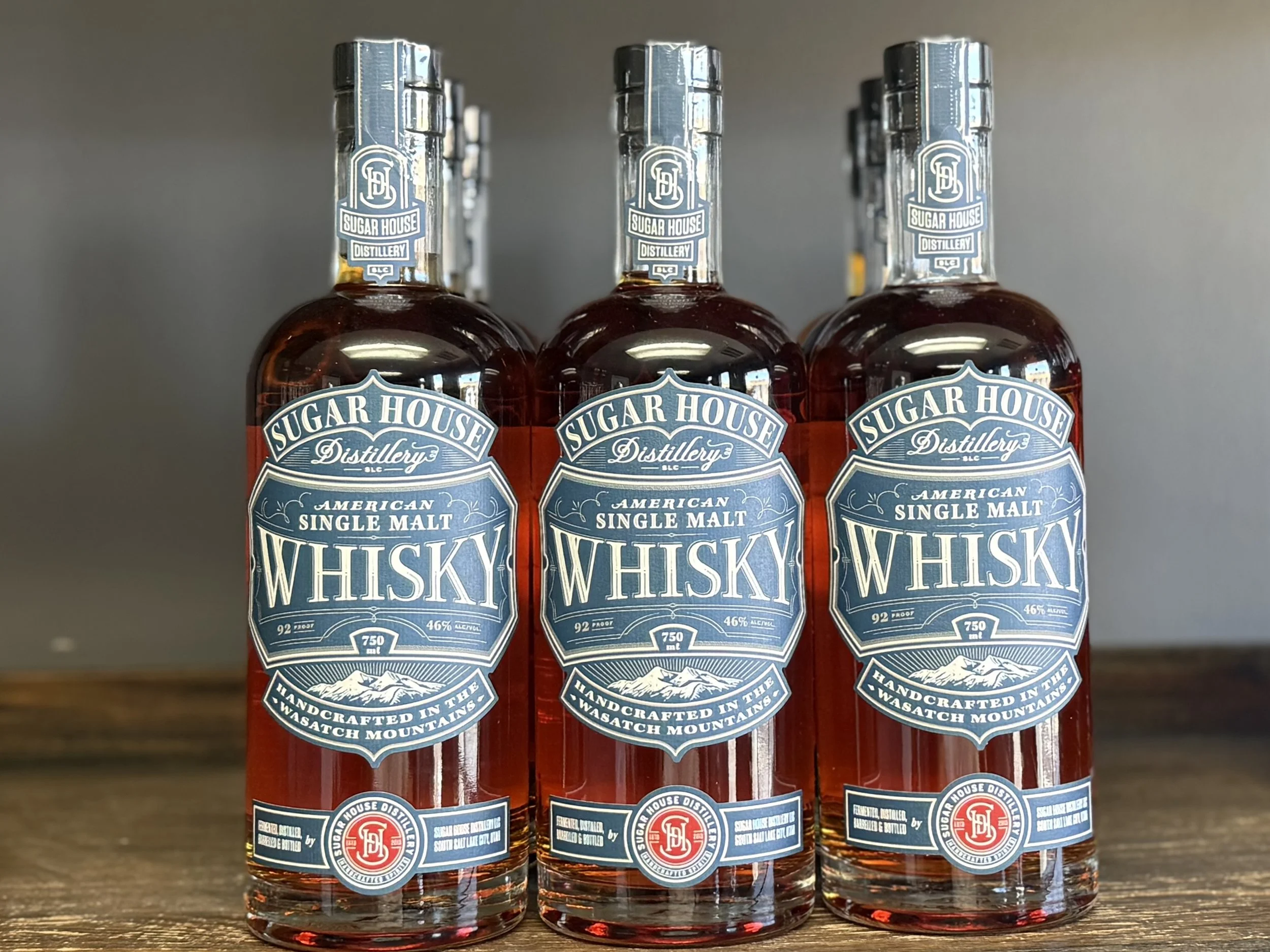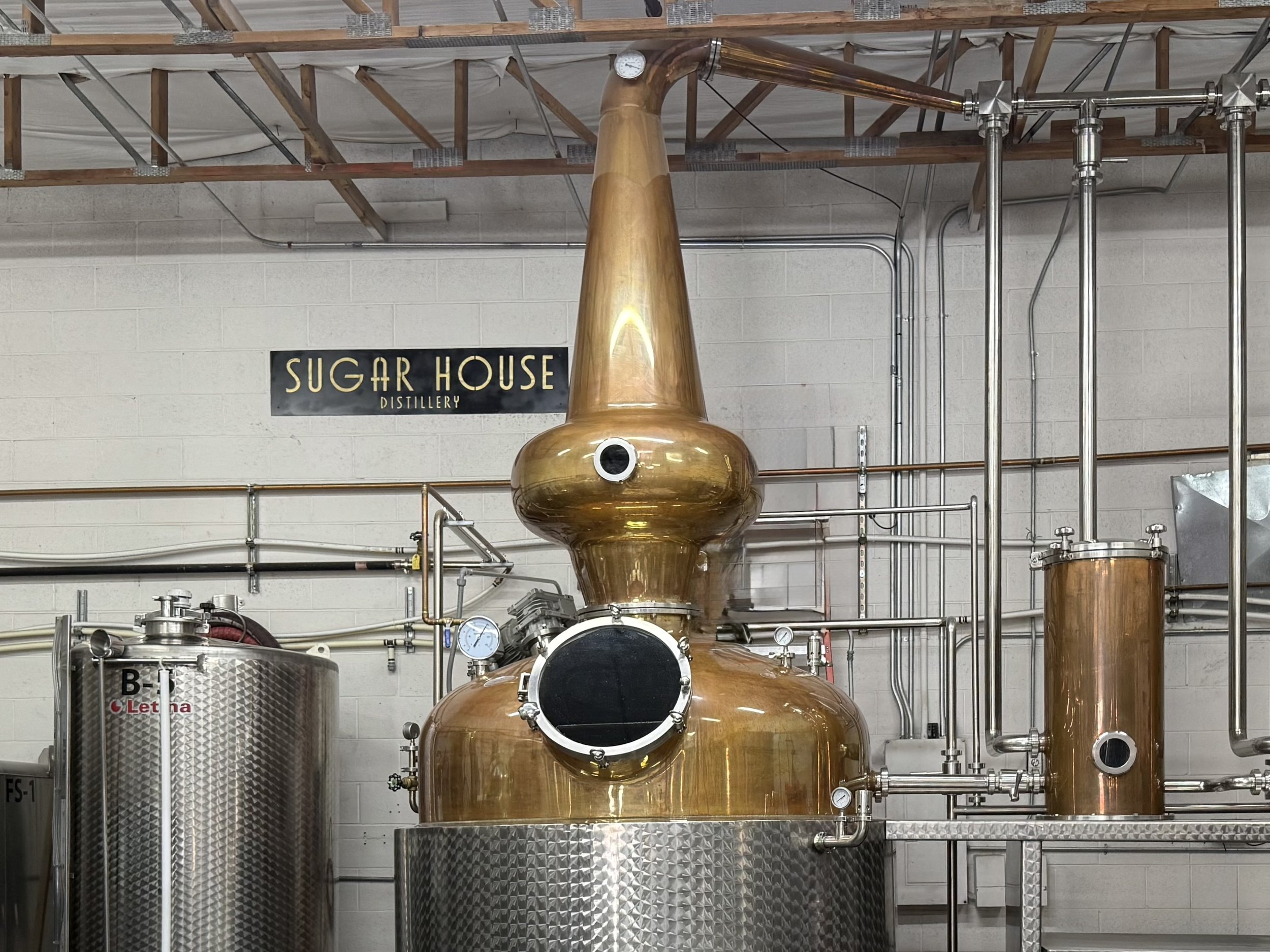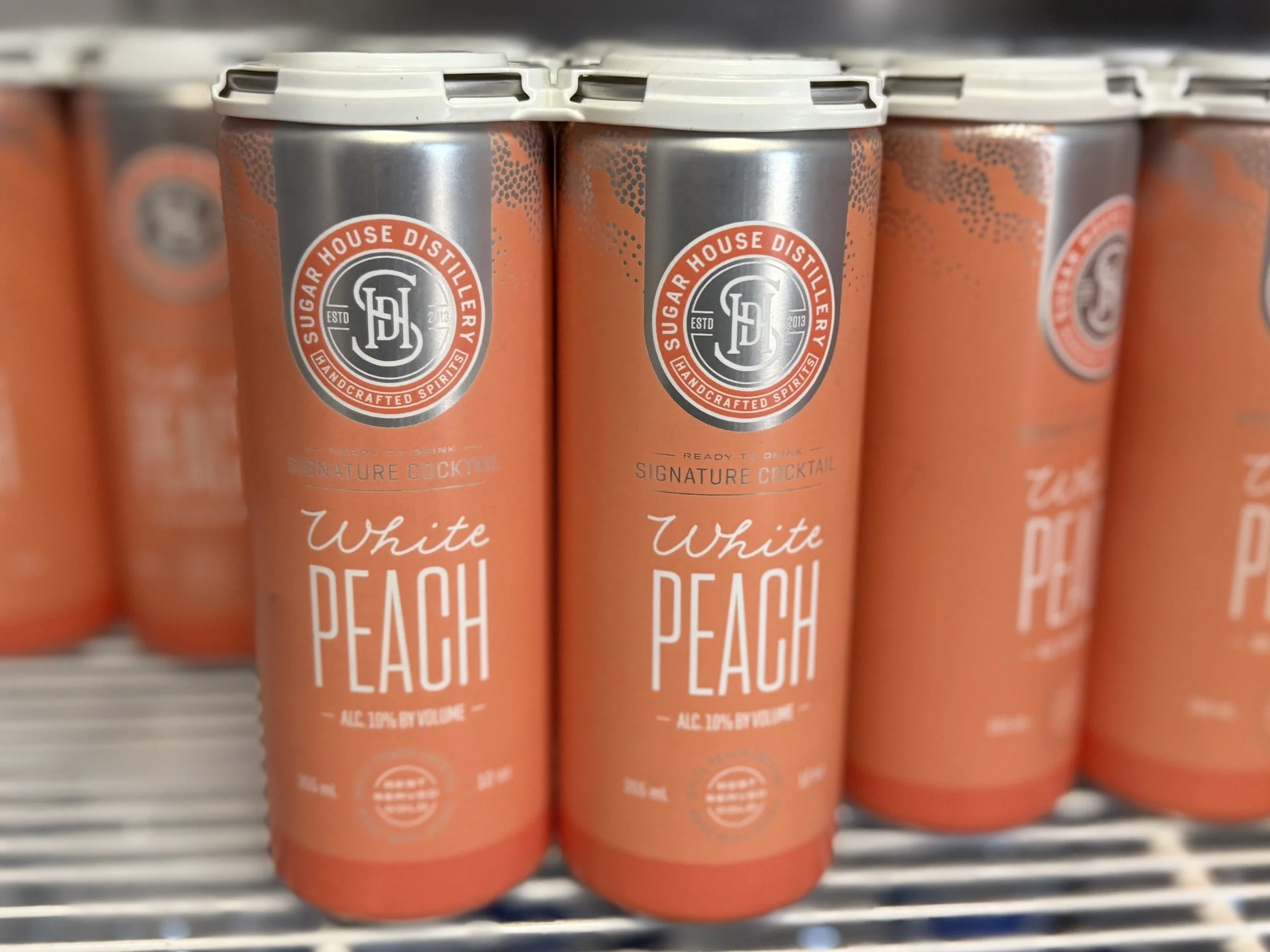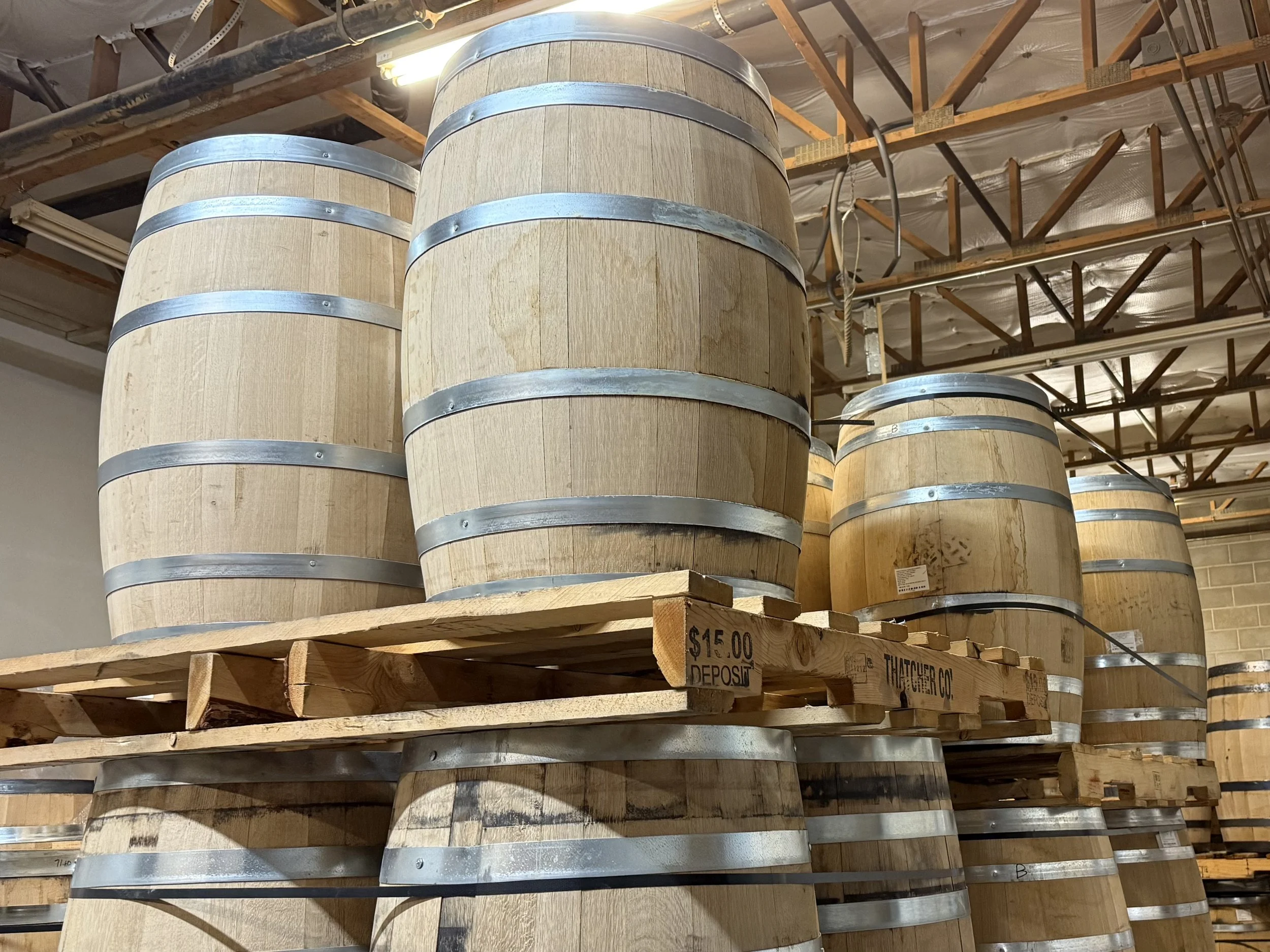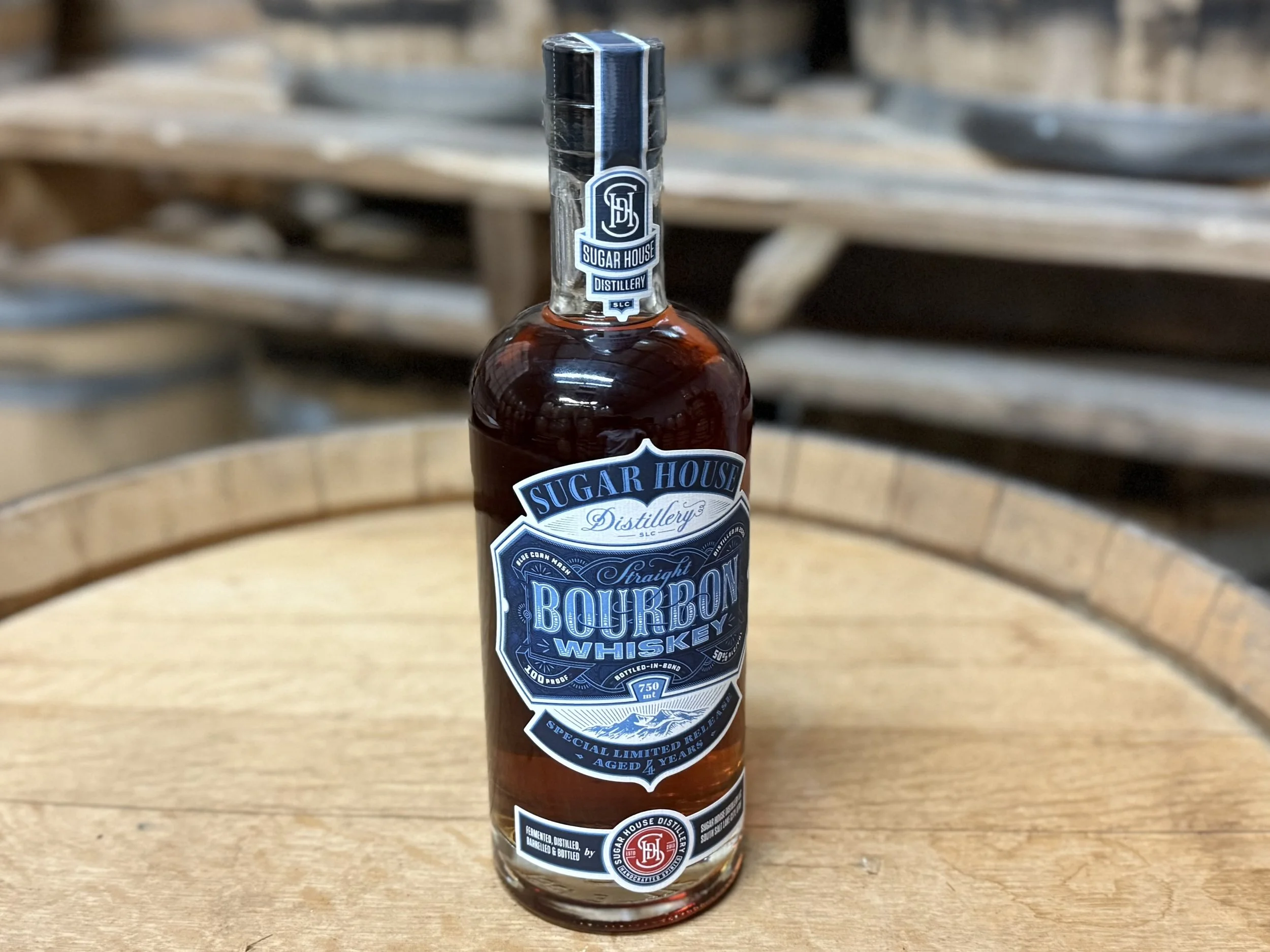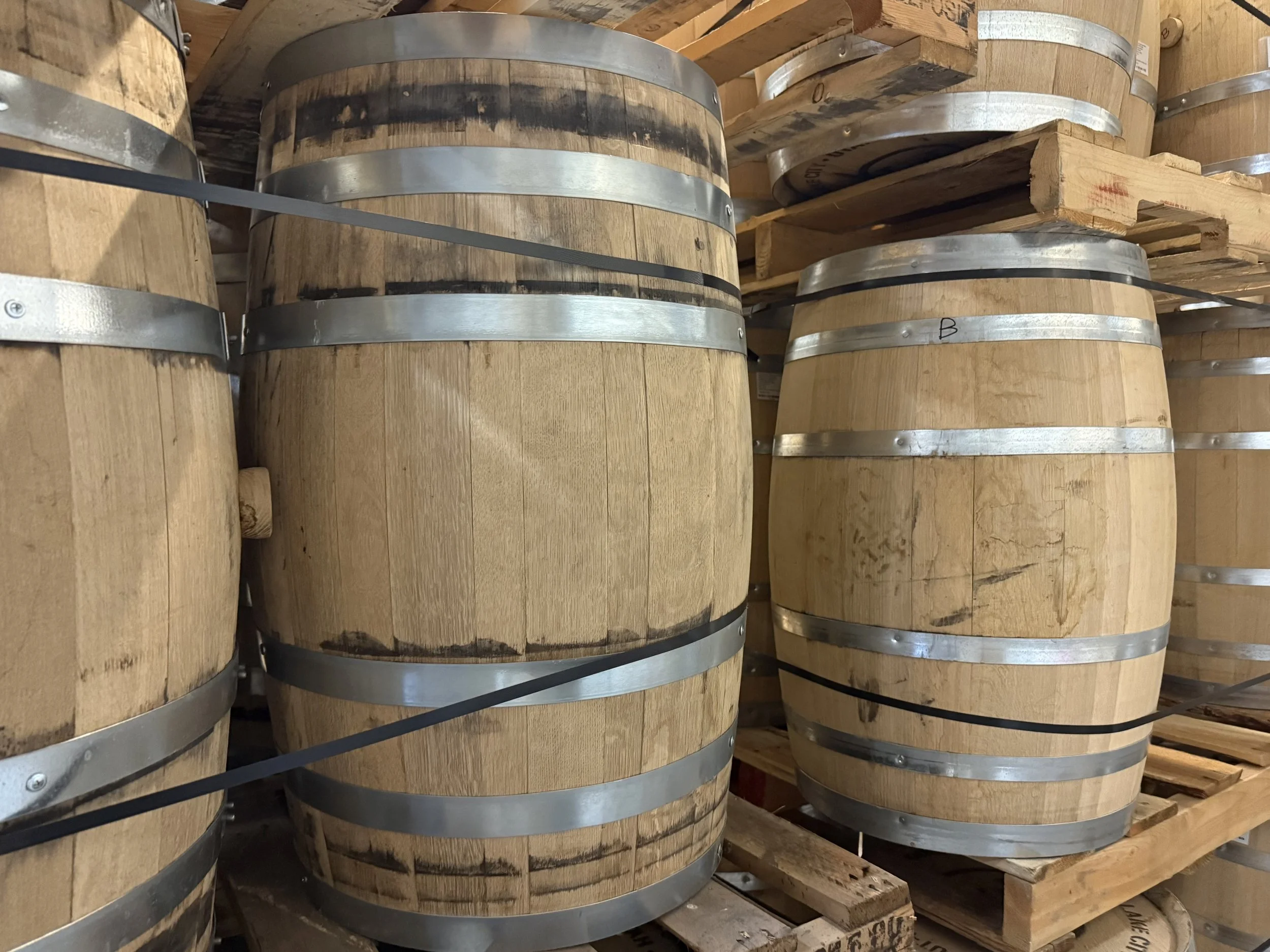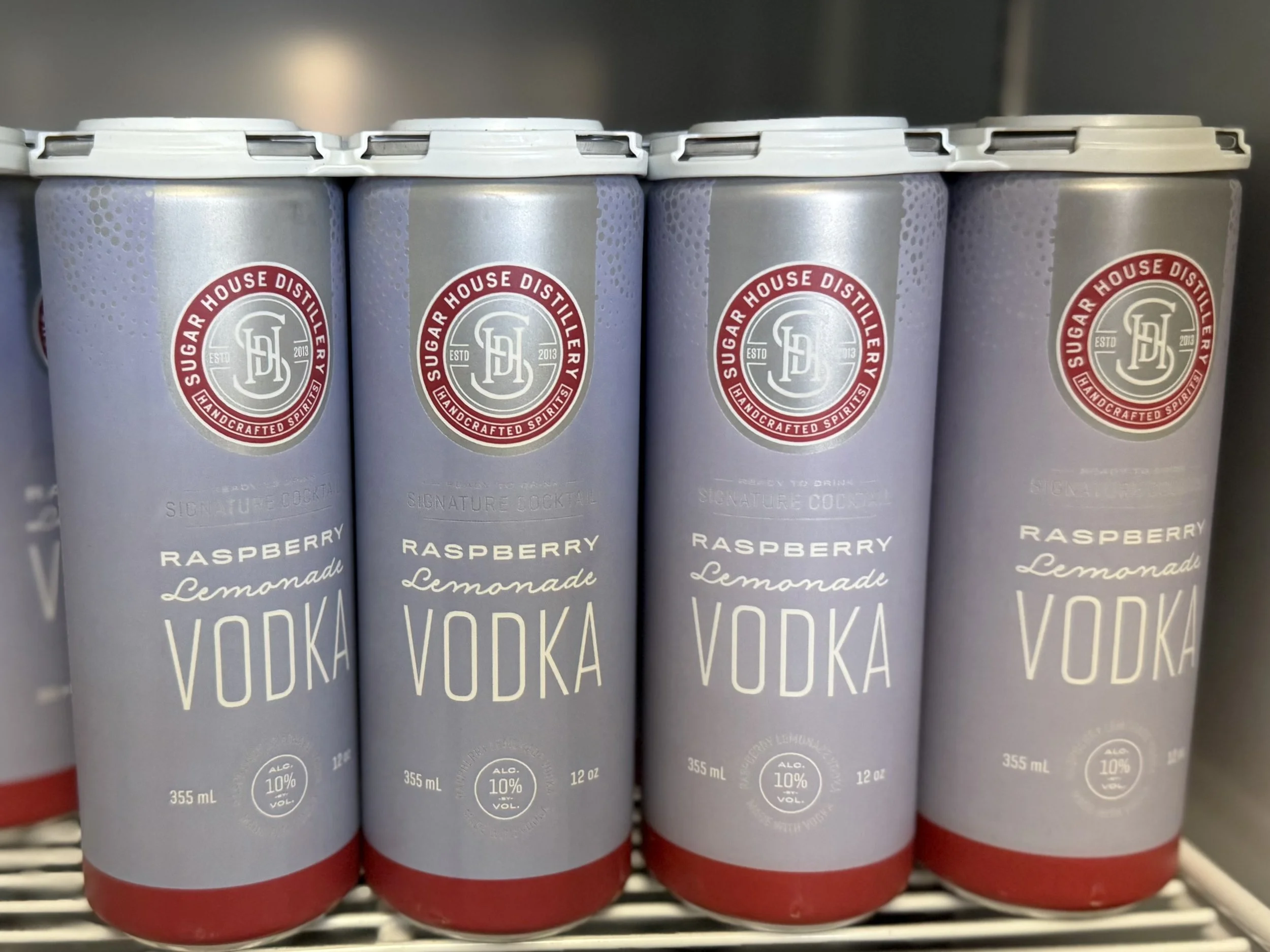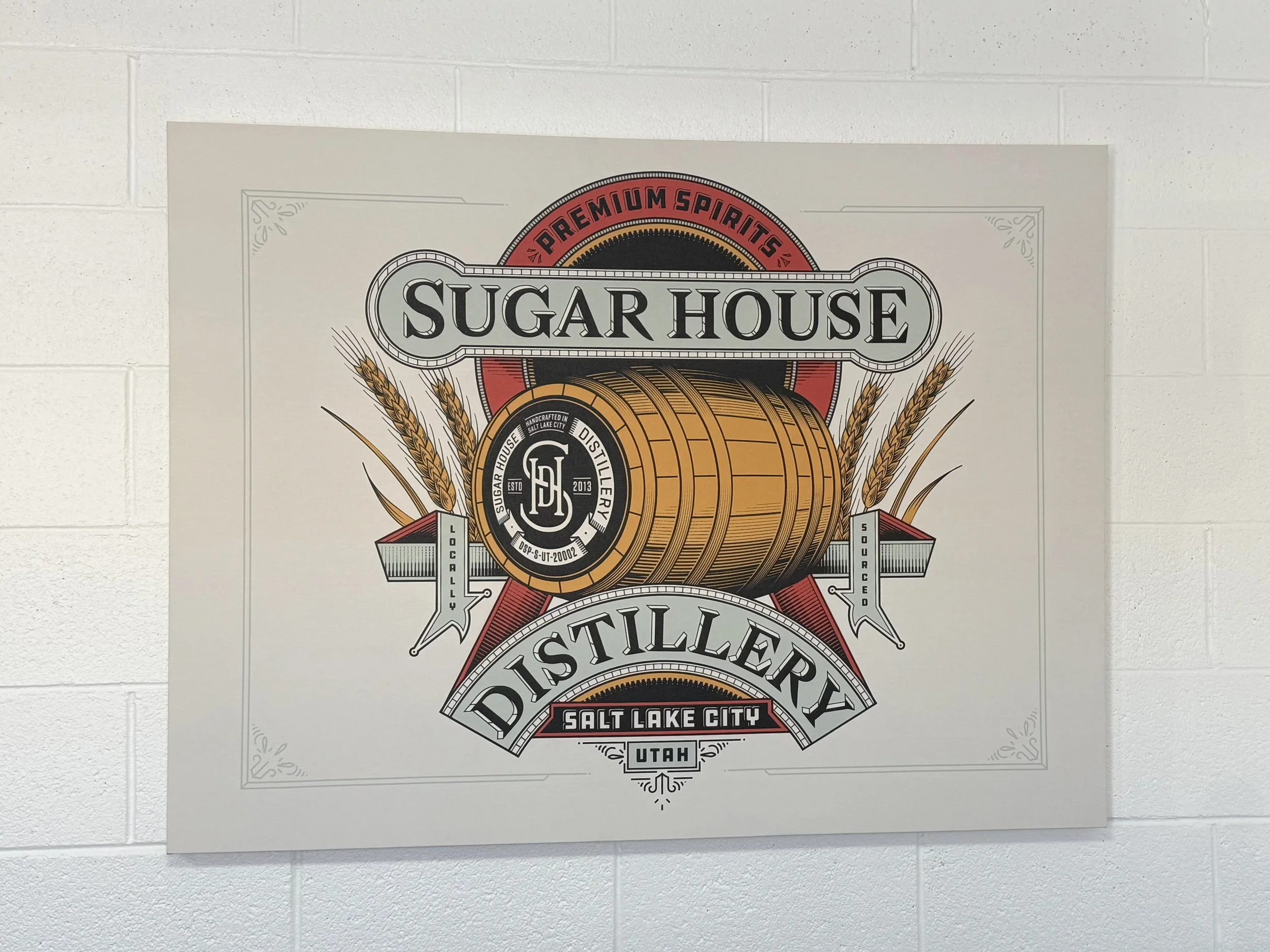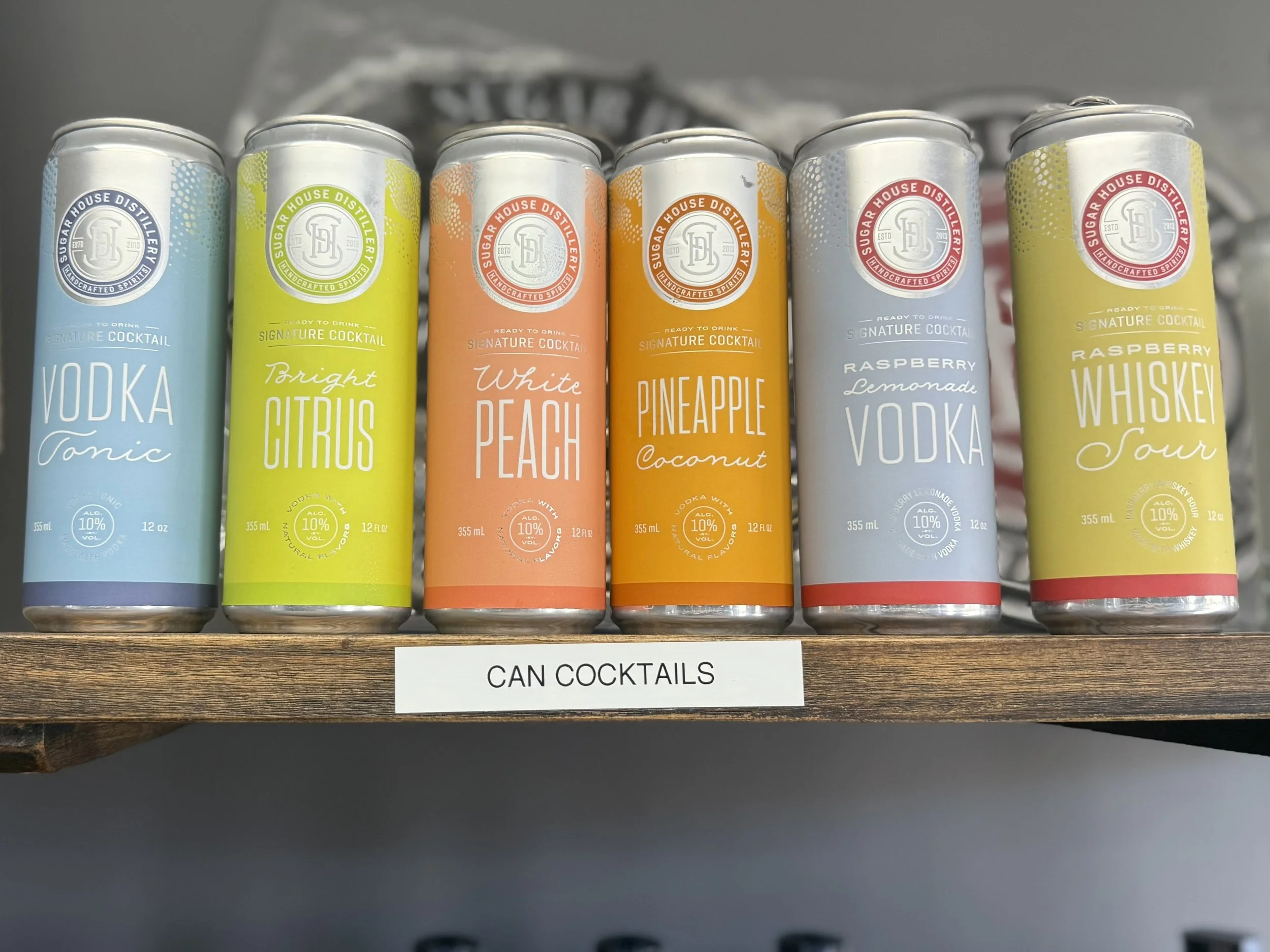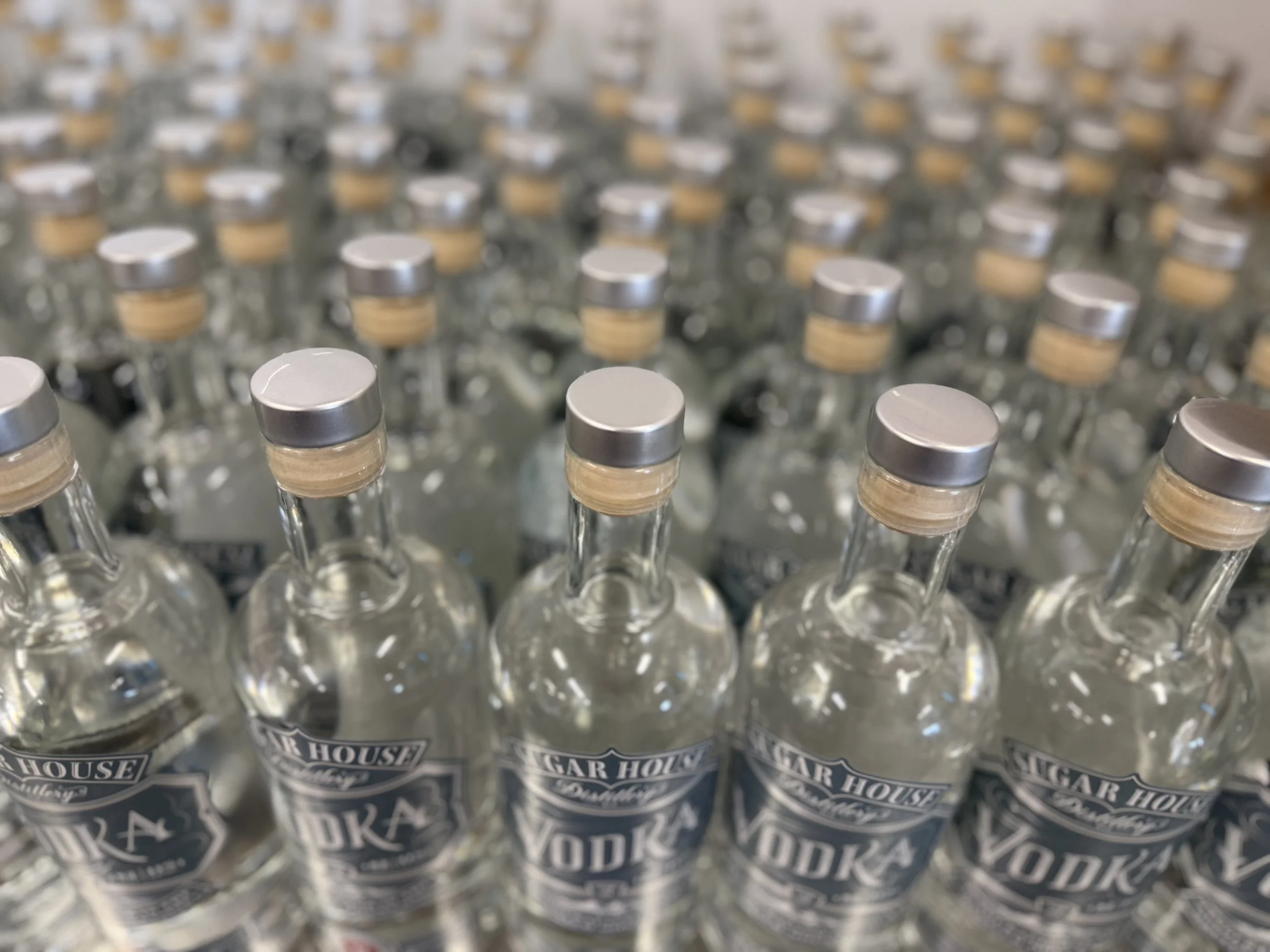Sugar House Distillery
Address: 2212 South West Temple Street #14
Telephone: 801-726-0403
Website: sugarhousedistillery.net
District: South Salt Lake
“It is all about what you have in your own backyard.” And that backyard for James Fowler is Salt Lake City where he has run Sugar House Distillery since 2013.
At just fifteen years old, James boarded a plane to Hawaii as part of a program that sent hundreds of Utah boys - some court-ordered, some just looking for change - to pick fruit in the pineapple fields. “It was the hardest and best thing I ever did,” he said. They lived and worked together on Maui, military-style: bunk beds, long days of labor, and a deep camaraderie forged through shared experience. “We all worked together ten hours a day and we all went to the beach together. We all ate together. We all went to school together.”
It was there, in those fields, that James had his first fermentation experience. “We took a pineapple, put it in a blender, poured it into a two-liter bottle with some brown sugar, and let it ferment.” He laughed remembering it. “When the Maui fires happened, in 2023, I started going through old photos and came across that bottle. I had totally forgotten.”
Back in Utah, that curiosity stuck with James. In the late 1980s, he threw himself into home brewing. Every weekend, he was learning, testing, tasting. But he also kept a steady career, working in purchasing, then going to college in Fresno, and eventually becoming a licensed pilot. He had just finished training when 9/11 hit and jobs disappeared overnight. So, he switched gears again - into sales, adhesives, chemicals - and eventually moved with his wife to Dallas.
It was in Texas, where he was running marathons and trying new spirits, that the idea for a distillery started to take root. Beer had become too heavy, and James began to appreciate the craftsmanship of a well-made whiskey. “I don’t need to consume as much,” he realized. “I can have a nice drink at night.”
At the time, James was traveling across the country for work and kept finding himself drawn to places that were doing things differently. But what struck him most was how few distilleries actually made their own product. “It was all smoke and mirrors,” he said. That became a pivotal moment: he wanted to build something honest, from the ground up.
So, James did what most people thought was crazy. He left Texas - a place with twenty-six million people and a massive market for alcohol - and returned to Utah, where only a fraction of the population drinks. But for James, the decision was not about volume. It was about quality. “We have amazing water. Most people do not realize that Budweiser and Modelo both have malting mills just across the border in Idaho because the barley here is so good.” That local sourcing became a cornerstone of Sugar House Distillery. “We’re grain to glass. We buy the grain, we ferment, distill, age, and bottle it right here.”
His passion for local extends beyond the raw ingredients. He spoke fondly of the farmers he works with - Lad Hill at Pleasant Farms, James at Solstice Malt, Jake at Mountain Malt - and the way their families help load bags of corn or transport grain in the back of a van. And, in return, James and his team send the leftover mash back to the farms to feed their animals. “It’s a way of life,” said Tara Martz, the distillery’s incredibly knowledgeable and multi-talented sales rep. “We try to keep it as local as possible.”
When James and his two early partners bootstrapped the company in 2013, their plans were simple: buy a 100-gallon still, do the work themselves, and make the best product possible. James brought on Eric Robinson, a commercial distiller with a deep desire to make something authentic, and later Richard, a microbiologist with a master’s in distilling from Scotland. “We bickered a lot,” James admitted, “but we were a good team. We each brought something different to the table.”
From the beginning, vodka paid the bills. “It is the hardest spirit to make,” James said, “but it does not have to age, which means we could start selling right away.” Over time, they added rum, malt whiskey, rye whiskey, and bourbon, including an early batch that, at just six months old, went on to win Best Bourbon at the 2016 ADI (American Distilling Institute) competition. “I wasn’t going to tell them how young it was,” James said, laughing. “I just got up and said I was from Salt Lake City.”
As the distillery grew, so did the need to experiment. They began aging in fifteen-gallon barrels, which produce more intense flavor in less time due to the higher surface area. Later, they added thirty-gallon and full-size fifty-three-gallon barrels to the mix. Today, they blend batches across sizes and ages - from two to five years or more - to create the complex flavor profiles in their bottles. “If people do not believe in terroir with spirits,” James said, “they should walk into our barrel room.” The temperature swings, and dry Utah climate accelerates evaporation - up to eighteen percent ‘angel’s share,’ nearly triple that of Kentucky - resulting in bold, nuanced whiskey.
Despite the success, growth has its limits, especially in Utah, where distilleries operate within a unique legal system. All alcohol for sale within Utah must first be sold to the State, which then distributes it to bars, restaurants, and state-run liquor stores. Even Sugar House Distillery’s own storefront functions as a state package agency. “We run their store for them,” James explained. “We can only sell the products we make and have approved. Nothing else. Not even Jack Daniels.”
Getting into the state system has its advantages - products become accessible across Utah - but it also means less walk-in business. “We used to get more people coming in,” James said. “Now they can find our products closer to home. Which is great because it helps us get more shelf space. But we lose out on those in-person interactions.”
Still, the team maintains a small but welcoming tasting area inside the distillery, where customers can sample spirits, try limited releases, and learn about whiskey-making. “We probably get ten customers a day,” James said. “And we still do walk-in tastings from 11:00 to 5:00.”
The biggest shift came a few years ago when they launched their line of canned cocktails. The vodka-based drinks - raspberry lemonade, white peach, pineapple coconut, and now a raspberry whiskey sour - have taken off. “They’re our bread and butter right now,” James said. Slightly carbonated, ten percent ABV, and made with natural sugar (not artificial sweeteners), they have become some of the best-selling canned cocktails in the state. A new bright citrus flavor is on the horizon.
Though they would love to expand into a larger space with a bar and more public-facing experiences, the right building has yet to appear. Zoning laws and church proximity ordinances have made it difficult to find a location that fits. “We’ve looked at a dozen places,” James said, “but either the rent is sky high, or the property is too close to a school or a church. It is frustrating.”
Through it all, James remains committed to doing things the right way. “We bottle by hand, not by choice. We just do not have the space to do it any differently right now.” That same hands-on, do-it-yourself spirit carries through everything they do, from fermentation to education. Tara now leads tasting events and represents the brand across the state. “It's fun,” she said. “Especially in Utah, where a lot of people start drinking later in life. We get to teach them what whiskey is, how it differs, and what makes ours unique.”
When asked what is most important to James and his team, James paused and then replied, “I just cannot say it enough - Sugar House is a grain to glass distillery. That is rare. It is hard to sell that concept without sounding cocky, but we do it all here, and we care about every step. Our whiskey is Utah. It is fully Utah.”


